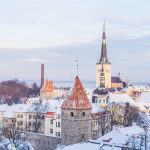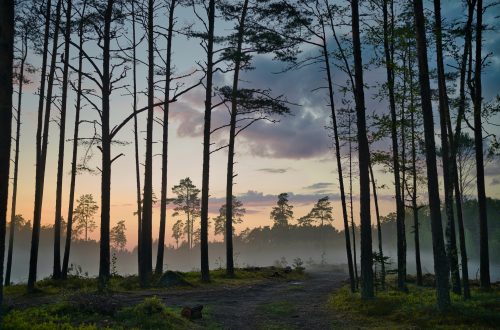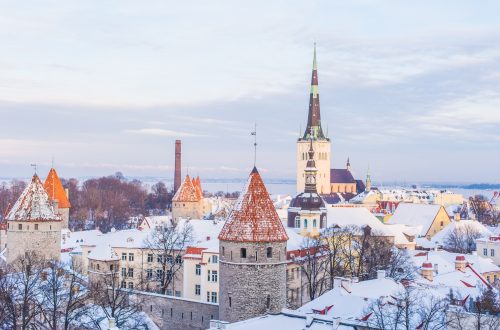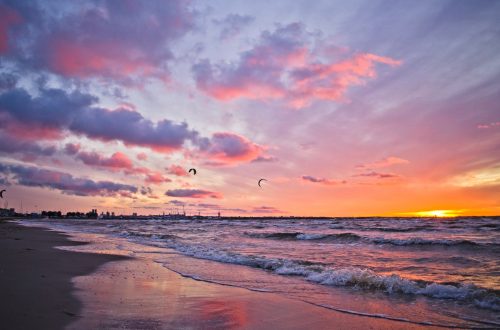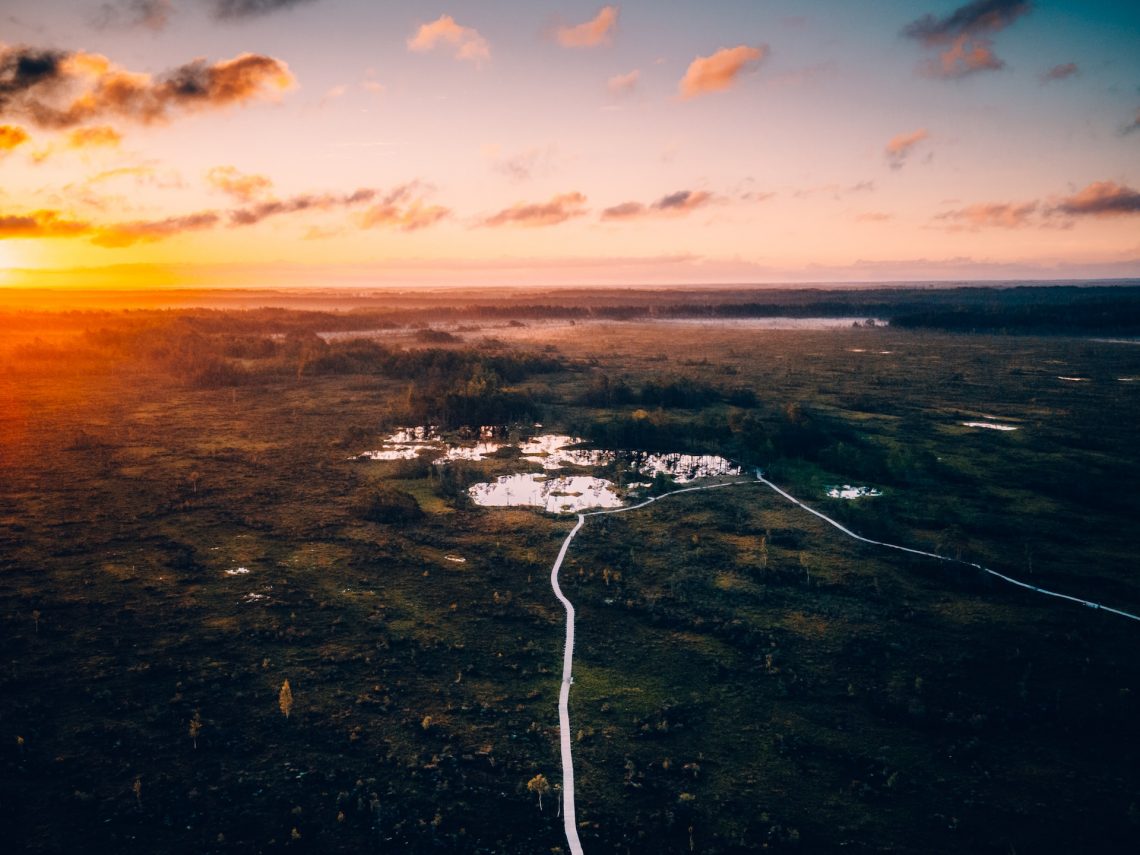
Nature holiday in Estonia that never fails to amaze: birds in their natural habitat [4]
Estonia is considered one of the world’s best bird-watching destinations due to its prime fly-way location. Millions of waterfowl nest in the Arctic and every spring pass through western Estonia. Hundreds of thousands of these birds take time for a short stopover on coastal marshes. Estonia’s species-rich grasslands compete in this regard with tropical areas. In Laelatu in western Estonia, for example, over 70 different plant species were discovered in one square meter, Europe’s second most abundant ground.
A bird paradise
Although Estonia is one of the smallest countries in Europe, abundant bird habitats and nesting grounds are found in forests, marshes, wetlands, lakes, rivers, meadows, fields, rocky beaches, islets, and coastal pastures. Shallow coastal water attracts hundreds of thousands of waterbirds who nest in the Arctic.
In total, more than 370 bird species have been registered in Estonia. Two hundred are nesting birds, and the remainder are migratory, wintering, or coincidental visitors. The Estonian national bird is the barn swallow.
There are plenty of interesting species to watch year-round. From November through March, tens of thousands of waterbirds winter in western Estonia in the ice-free coastal waters. From March until the last week in May, the gates of heaven open, and millions of birds arrive from the South to nest in Estonia. Some of them will stay, and some will fly onto the coasts of the Arctic Ocean. Autumn migration begins as early as August, and the sky is once again full of birds.
Since Estonia is full of internationally Important Bird Areas, it’s little wonder why more and more locals and foreign bird watchers organize birding trips in Estonia.
Birding is made more accessible, first and foremost, by conservation areas, but numerous observation towers make it comfortable to view both birds and bird habitats which are otherwise unreachable.
The mecca of Estonian and international bird enthusiasts is Matsalu National Park. The shallow bay, innumerable coastal pastures, reed thickets, and coastal meadows shelter nesting and migratory birds. In spring and autumn, local fields are filled with tens of thousands of geese and flocks of barnacle geese that make the air vibrate when flying from one field to another. In autumn, the fields of Matsalu serve as a resting point for a large number of northern cranes.
On quiet summer nights, the plains of Europe are filled with the voices of com crakes, reed and river warblers, and spotted crakes which are in danger of distinction in Europe. Comparable to Matsalu is the species-rich Silma Nature Reserve, where there is no better place for listening to the sounds of wetland birds. As well as geese, grebes, and reed warblers, the white-tailed eagle and osprey can be seen hunting in the sky.
The northwesternmost point of the Estonian mainland, Põõsaspea Cape, is one of the best places in Northern Europe to observe arctic migratory waterbirds.
This crus, or peninsula which juts far into the sea, attracts many birds during the migratory season. It is the most crucial landmark for water birds, raptors, and millions of passerines. Over 270 species of birds have been spotted in the area over the years, and on better days, it is possible to see half of them. This migratory experience attracts bird enthusiasts from all over the world.
USEFUL WEBSITES AND TRAVEL INFORMATION:
www.visitestonia.com
www.visitestonia.com
www.eesti.ee
www.vm.ee
www.rmk.ee
www.turismiweb.ee
www.regio.ee
www.balticsworldwide.com
www.inyourpocket.com/estonia
www.tallinn-airport.ee
www.bussireisid.ee
www.envir.ee
www.elfond.ee
www.elks.ee
www.maaturism.ee
www.ecotourism.ee
www.matkaliit.ee
www.looduseomnibuss.ee
www.soomaa.ee
www.lahemaa.ee
www.karularahvuspark.ee
www.matsalu.ee


![Nature holiday in Estonia that never fails to amaze: sea, islands, rivers, and lakes [3] Estonian seaside](https://www.globeandme.eu/wp-content/uploads/2023/07/viktor-jakovlev-LL4gcqlNvPU-unsplash-150x150.jpg)
![Nature holiday in Estonia that never fails to amaze: forests and bogs [1] Visit Estonia: forests and bogs](https://www.globeandme.eu/wp-content/uploads/2023/07/maksim-shutov-nQDTxgmB8eQ-unsplash-150x150.jpg)
![Nature holiday in Estonia that never fails to amaze: geological miracles [2] Estonia: forests](https://www.globeandme.eu/wp-content/uploads/2023/07/maksim-shutov-xgNDOT9F2l8-unsplash-150x150.jpg)
